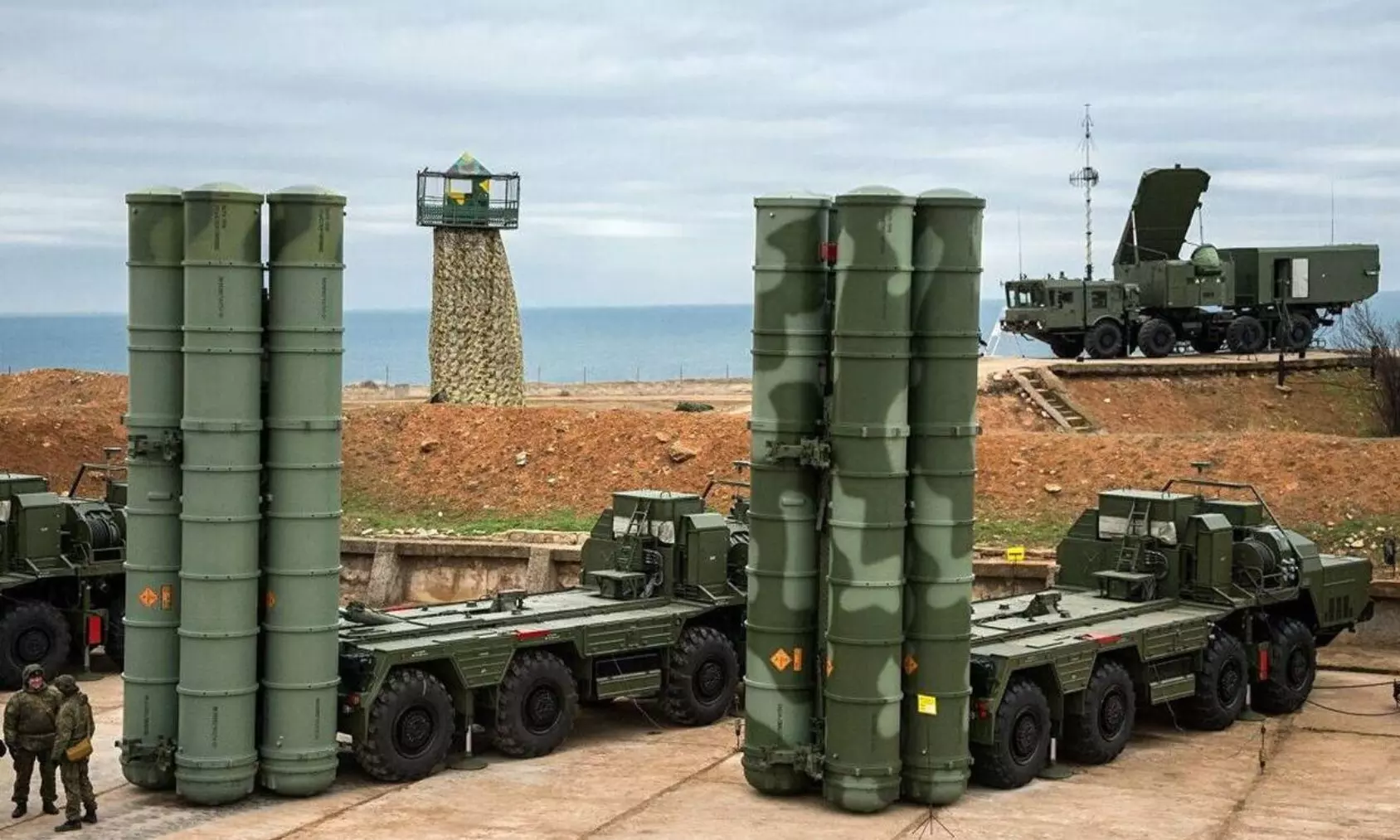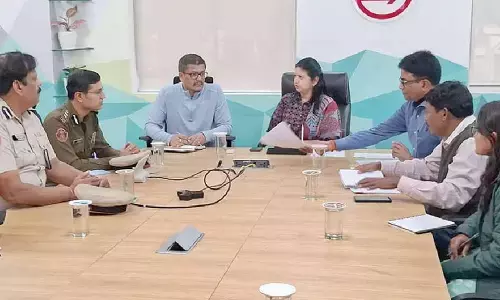India Considers Acquiring Russia’s S-500 Air Defence System for Advanced Protection

After successfully deploying the S-400 air defence system, India is considering acquiring Russia's next-generation S-500 missile system
After successfully using the Russian-made S-400 air defence system, India may be getting the next-generation S-500 missile system. Russia has reportedly offered India a deal to make the S-500 together.
Background
India showed off its strong air defence during Operation Sindoor, where it stopped missile and drone attacks from Pakistan after Indian airstrikes. The S-400, used by the Indian Air Force since 2021, played a big role in stopping these threats. Now, India may look at getting the S-500.
What is the S-500?
The S-500 Prometey (also known as 55R6M "Triumfator-M") is an advanced air defence system. It is designed to stop fast threats like hypersonic missiles and satellites.
S-400 vs S-500
The S-500 has many improvements over the S-400:
It can stop hypersonic missiles (moving faster than Mach 5).
It can hit satellites in low orbit and high-altitude missiles.
It has a larger range, making it good for protecting key national assets like nuclear centers and space installations.
Why is the S-500 Important?
The S-500 is not just an upgrade of the S-400; it is a completely new type of defence. It will help India stop new high-speed threats. Russia wants to make the S-500 a key part of its strategy to deny access to certain areas. The offer to make the system together with India could strengthen defence ties between the two countries.
India’s Decision: To Buy or Not to Buy?
- India’s choice to buy the S-500 will depend on:
- The system’s readiness for use.
- The cost of getting it.
- How well it works with India’s current defence systems.
- Political relations with Russia as global defence ties change.
If India buys the S-500, it will be one of the few countries with the technology to protect against threats from the air and space.
















